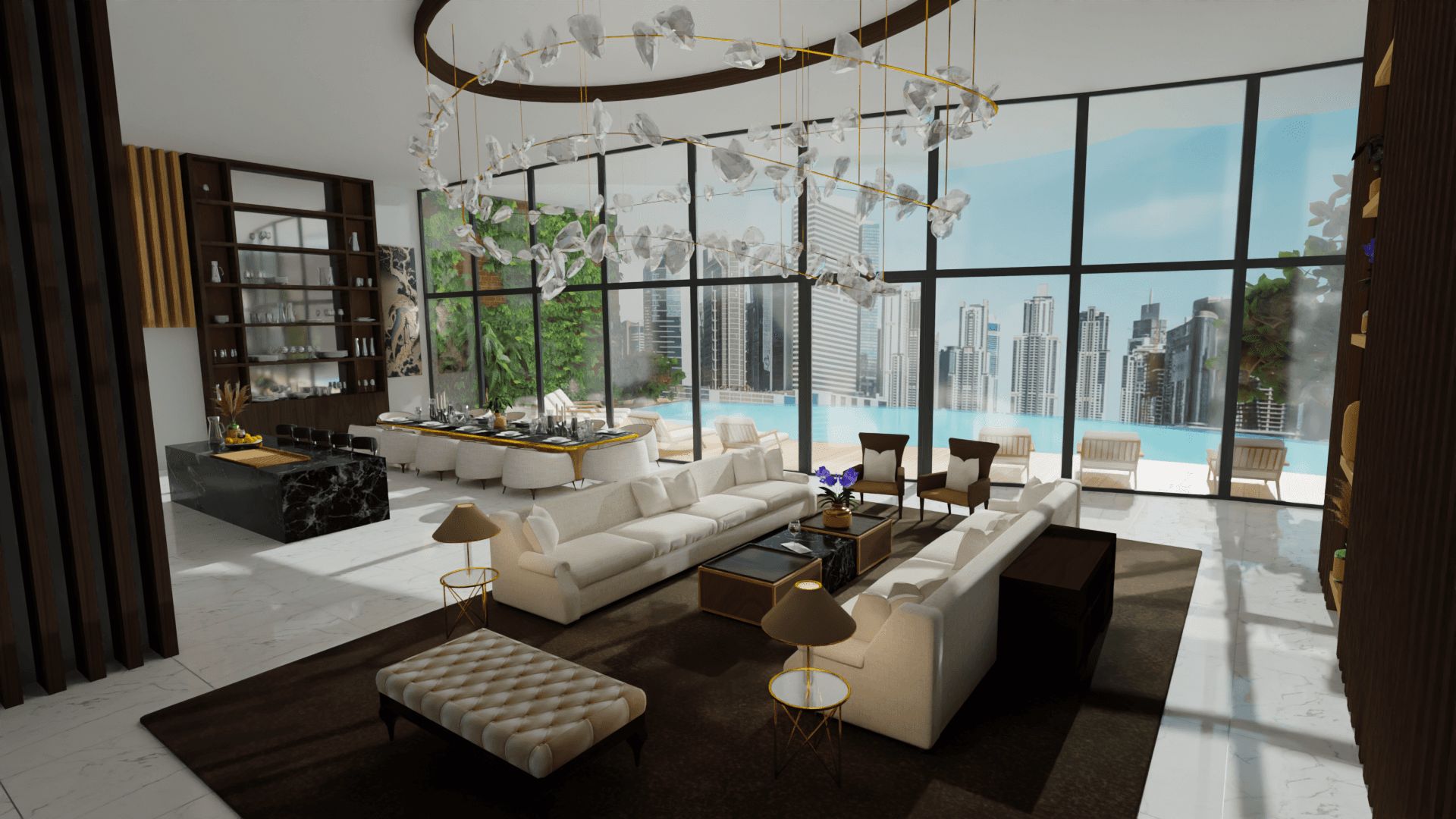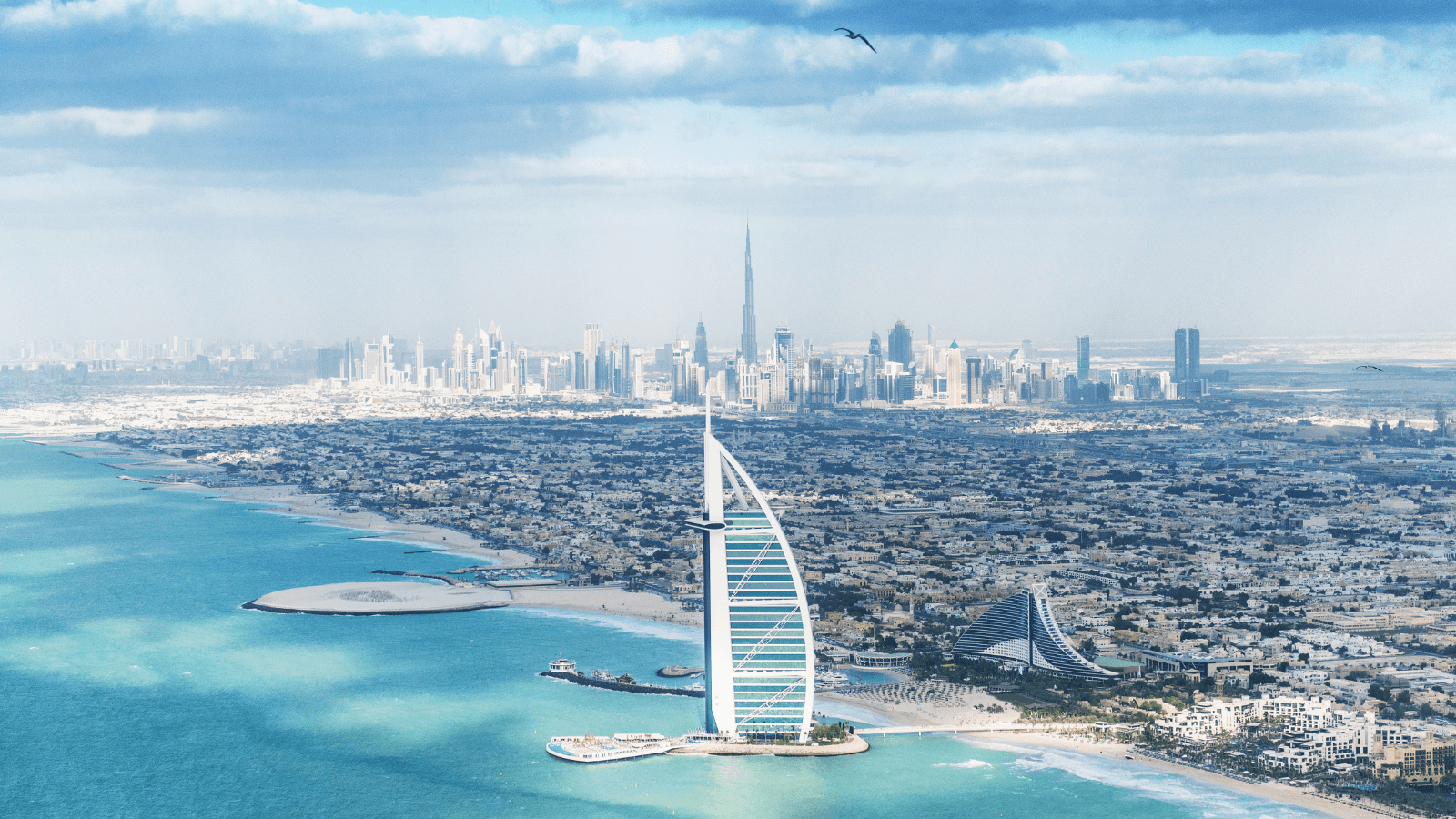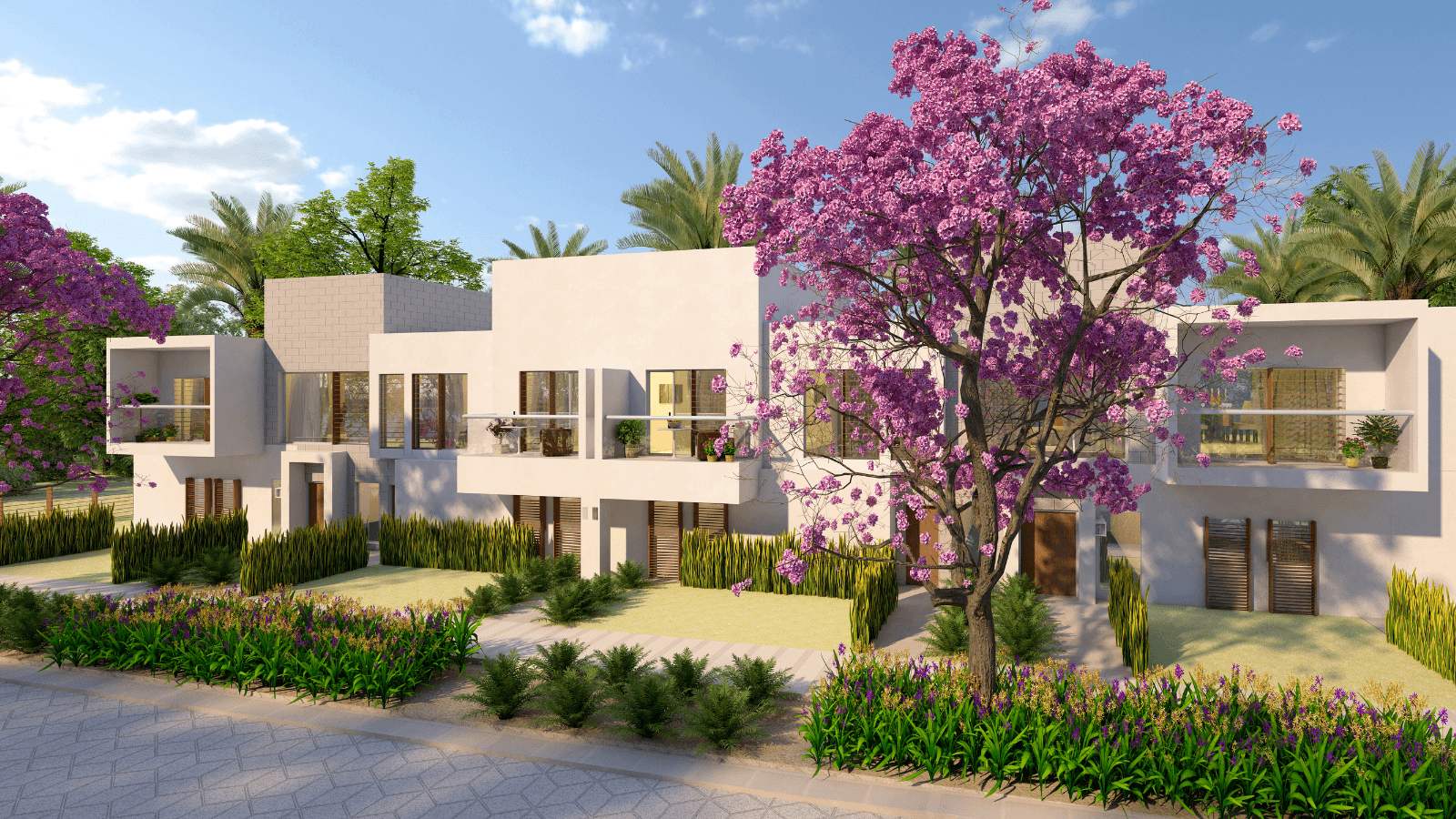Back to Blog
Photorealistic Experiences are Blurring the Lines Between Real and Digital... For the Good
Aug 17, 2023
Callum Moates
The metaverse or 3D internet can create photorealistic experiences of vast digital landscapes, virtual cities, and avatars interacting in real-time. Photorealism refers to creating digital environments that are so detailed, lifelike, and immersive that they are almost indistinguishable from reality. Imagine stepping into a virtual art gallery where every painting, shadow, and light source looks as accurate as it would in the physical world. This blog will showcase the rise of photorealistic experiences and how it's transforming the travel, tourism, and architectural industries.
The rise of photorealistic experiences in the metaverse
Photorealistic experiences are digital environments and simulations that meticulously mirror real-world settings, objects, and interactions. These experiences are about visual fidelity and enhancing how users interact, feel, and immerse themselves in these virtual worlds. The metaverse also offers photorealistic imagery and graphics replicating real-world factors like gravity, wind, seasons, sunlight, and materials.
Here are some technological breakthroughs that are enabling photorealism in the 3D internet:
Improved graphics rendering: Modern graphics processing units (GPUs) and advanced algorithms have created visuals that mimic real-world lighting, shadows, and reflections. Techniques like ray tracing simulate how light interacts with objects, producing realistic reflections, refractions, and illuminations.
High-resolution displays: The quality of display technology has skyrocketed in recent years. Today's high-resolution displays, often boasting 4K, 8K, or even higher resolutions, ensure that digital visuals are sharp, vibrant, and free from pixelation, enhancing the realism of the virtual environment.
Sophisticated motion tracking: Motion tracking technology captures and translates users' movements into the digital space in real-time, ensuring that interactions within the metaverse are fluid and natural, bridging the gap between the virtual and real worlds.
Evolution of generative artificial intelligence (AI): Previously, producing hyperreal content often involved VFX specialists working tirelessly for extended periods and incurring significant costs to create a short segment of CGI. However, with recent breakthroughs in AI, crafting hyperreal content has become more accessible and cost-effective. This progress has paved the way for the emergence of "synthetic content," predominantly generated by AI algorithms with minimal human input.
Some examples of photorealistic experiences in the metaverse include:
Virtual travel: Imagine walking through the streets of Paris, feeling the ambiance of the city, hearing the distant chatter of its residents, and seeing the Eiffel Tower in all its glory - all from the comfort of your home. Platforms like Google Earth VR offer such experiences, allowing users to travel and explore global landmarks in stunning detail virtually.
Architectural visualizations: Architects and urban planners leverage the metaverse to create detailed 3D models of their projects. Clients can now ‘walk through’ a building before it's constructed, experiencing spaces, lighting, and aesthetics in a lifelike simulation.
Lifelike avatars: The 3D internet allows users to create avatars that aren't just cartoonish representations but realistic digital versions of themselves. These avatars can mimic facial expressions, movements, and even voices, enabling genuine human interactions in the digital realm.

Transforming travel and tourism
As technology evolves, so does how we experience the world. Photorealistic experiences are at the forefront of this evolution, particularly in virtual travel and tourism. According to Market Data Forecast, the global virtual tourism market was valued at $385.75 billion in 2022 and is projected to grow to over $847.95 billion by 2028. This substantial growth showcases the increasing demand and acceptance of virtual travel experiences. Virtual experiences can also significantly influence real-world decisions and preferences of travelers. Matterport, a creator of virtual tours, reported a 14% increase in hotel bookings when a virtual walkthrough is available.
Today, thanks to advancements in digital rendering and simulation, virtual travelers can immerse themselves in destinations with a level of realism that was previously unimaginable. From the bustling streets of Tokyo to the serene landscapes of New Zealand, every detail, texture, and ambiance is captured with stunning accuracy, all from the comfort of one's home.
Benefits of photorealistic virtual travel
Reduced environmental impact: One of the most significant advantages of virtual travel is its minimal environmental footprint, as there’s no need for flights, hotel stays, or other travel-related activities contributing to carbon emissions and environmental degradation.
Accessibility for all: Virtual travel is a boon for those with mobility challenges, be it due to age, disability, or other reasons. It breaks down barriers, allowing everyone to explore the world without physical constraints.
Exploring inaccessible destinations: There are places on our planet that are challenging to access, whether due to geopolitical reasons, extreme weather conditions, or preservation efforts. Virtual travel opens the doors to such destinations, letting users experience them without any risks or restrictions.
Virtual travel platforms and experiences
Google Earth VR: This platform takes the power of Google Earth and amplifies it with virtual reality. Users can fly over cities, stand atop mountains, or walk through forests, experiencing the world's wonders in photorealistic detail.
The BCB Group’s metaverse city: Individuals can visit global landmarks in this virtual city and interact with digital replicas of the Great Wall of China to the Statue of Liberty.
The Louvre virtual tour: The Louvre, one of the world's largest and most visited museums, offers virtual tours of its galleries, allowing tourists to admire masterpieces like the Mona Lisa from across the globe and without the crowds.

Architecture and urban planning
The evolution of the metaverse has brought forth many tools and techniques that have revolutionized architecture and urban planning, particularly through its ability to offer photorealistic experiences. Gone are the days when architects and urban planners relied solely on 2D blueprints and rudimentary 3D models. Today, photorealistic simulations reshape how professionals visualize, design, and present their projects.
Advantages of photorealistic simulations in architecture:
Enhanced design and decision-making: With photorealistic simulations within the 3D internet, architects can visualize every detail of their design, from the texture of the materials to the play of light and shadow. These visualizations allow for a more comprehensive understanding of how different design elements interact, enabling architects to make informed decisions and precisely refine their designs.
Improved client communication: Instead of trying to explain complex architectural concepts, architects can now present clients with lifelike simulations. These photorealistic simulations ensure the client fully grasps the vision and facilitates feedback, ensuring the final design aligns with the client's expectations.
Experiencing before building: One of the most significant advantages of photorealistic experiences is the ability to ‘walk’ through a building or urban landscape before it's constructed. This immersive experience provides a tangible sense of space, scale, and ambiance, allowing architects and clients to experience and fine-tune the design before committing to construction.

Conclusion
The rise of photorealistic experiences in the metaverse is a technological and cultural marvel. As these experiences become more prevalent, our perception of what is real and digital will shift seismically. Photorealistic experiences in the 3D internet will lead to the rise of virtual spaces through ethical designs and innovative use of technologies. Industries from tourism, architecture, retail, and education are bound to see a significant impact through digital experiences that will redefine reality, and professionals across these fields must be equipped with the right tools to make this shift possible.
Are you looking to create photorealistic experiences for your brand or company? We can help you build and scale high–fidelity digital projects in the metaverse. Get in touch with us!
Aug 17, 2023
Callum Moates
Subscribe to our monthly newsletter
About Landvault
Landvault is building infrastructure to accelerate the metaverse economy, by building tools to create, deploy and monetize content. The company has helped over 200 clients enter the metaverse, including both Fortune 500 companies and government organizations like the Abu Dhabi government, Mastercard, L’Oreal, Red Bull, and Heineken. The company has raised a total of $40m over the past three years and continues to pioneer technological advancements.
